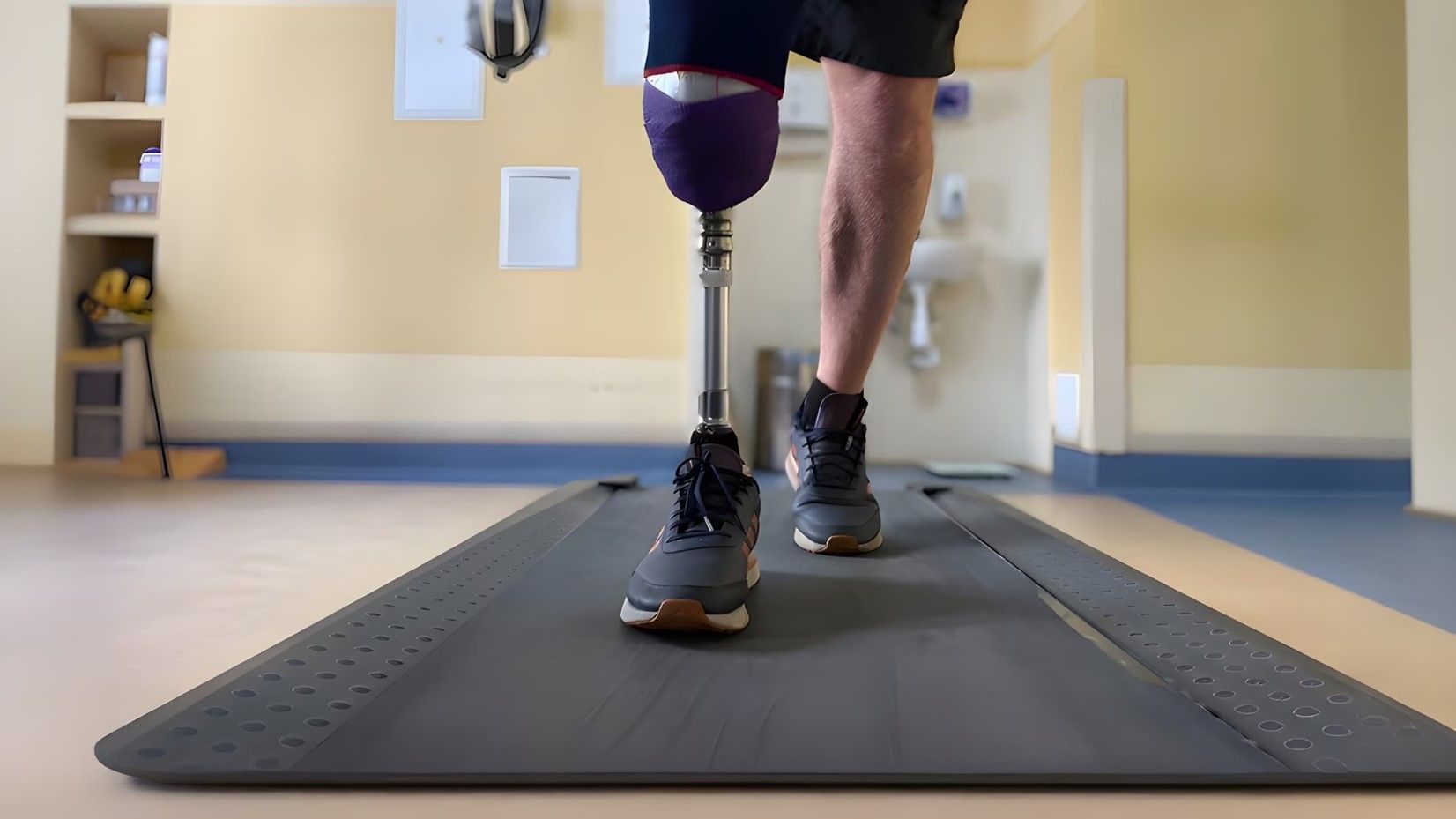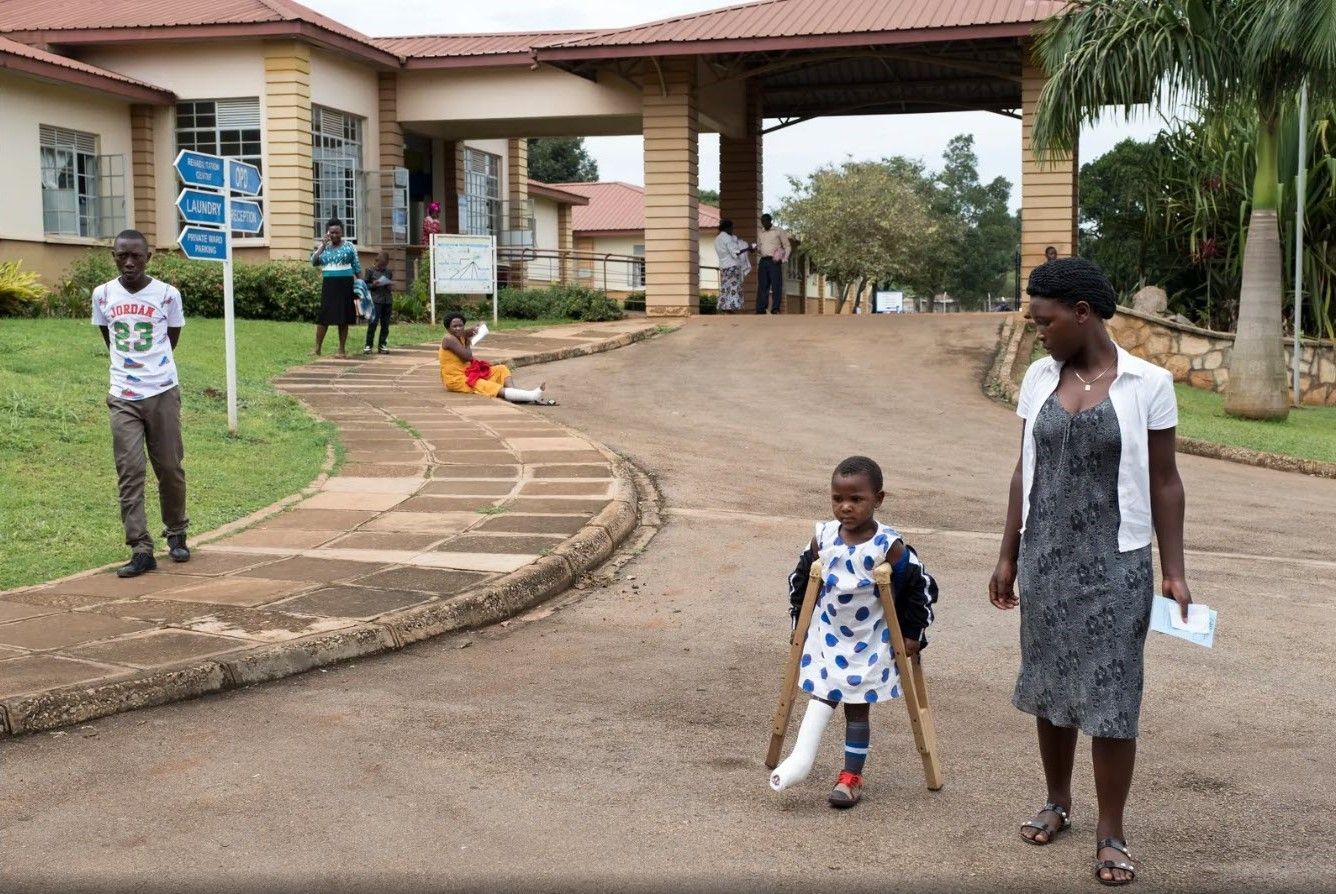Spiegel Online Features Nia Technologies In Article “3D Printing Offers New Hope To Amputees”
We are proud to be featured in a story by Benjamin Breitegger and Jelca Kollatsch in Spiegel Online for our work to develop technology that enables orthopaedic clinicians to produce high-quality 3D printed prosthetics and orthotics. You can read the full story here.
A steady chorus of honking rises from the heavy, chaotic traffic in the Ugandan capital of Kampala. Drivers are happy to cut corners and even basic safety rules are ignored if a shortcut presents itself. Three years ago, Joan Gwokyalya found herself riding on the back of one of the tens of thousands of motorcycle taxis in the city as her driver wove in between the cars and buses.
Suddenly, she was thrown to the ground. And her life changed dramatically.
A bus had slammed into the motorcycle, killing the driver instantly. Gwokyalya survived, but doctors had to amputate her left leg below the knee. “I had a tetanus infection that began spreading in my leg,” Gwokyalya, who is now 25, recalls. She’s sitting in the garden of the CoRSU Rehabilitation Hospital, one of the leading orthopedic facilities in East Africa. And the place where her life, badly disrupted by the accident, got back on track.
In many developing countries, injuries sustained in traffic accidents are among the primary causes for amputations, along with diabetes, infections and tumors. Some are likewise born missing an arm or a leg, while others might be the victims of landmines. The World Health Organization (WHO) estimates that 30 million people living in developing countries require prosthetic limbs or other orthotic devices, but many are unable to afford them. Furthermore, many countries have a shortage of experts, material and prosthetic centers.
Recently, many specialists have begun placing their hopes in 3D printers, including those at CoRSU, where an orthopedic technician is scanning Gwokyalya’s stump. Using a hand-sized device, he scans the site of the amputation, with the results popping up on a laptop screen in real time. Gwokyalya is attentively watching every movement. She’s one of about 100 patients in Uganda who are taking part in a clinical study at the CoRSU hospital, which opened its doors in 2009 with the help of donations from countries around the world, including Germany. For the last two years, orthopedic technicians there — in cooperation with the Canadian NGO Nia Technologies and the University of Toronto — have been testing prosthetic sockets produced by a 3D printer.




